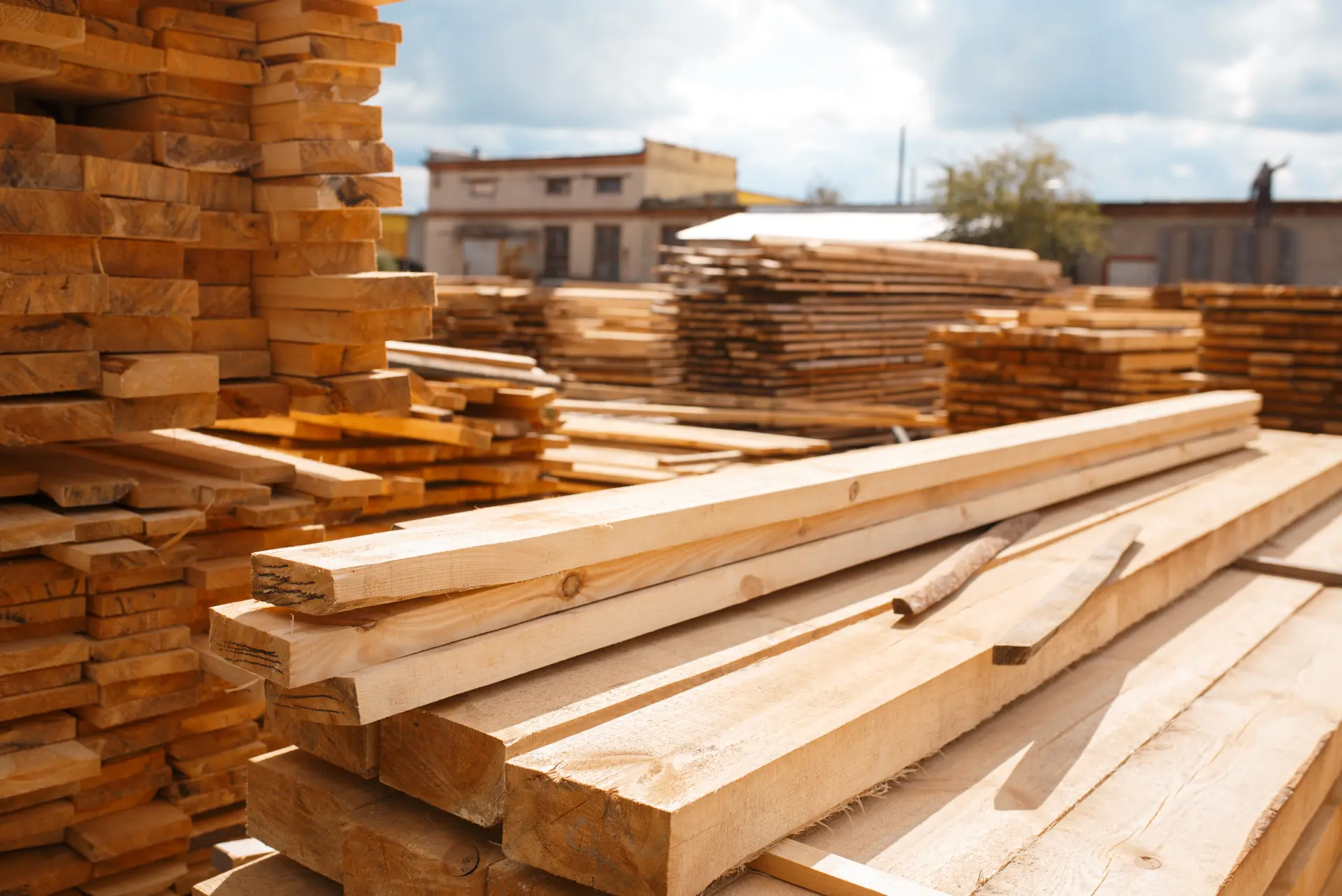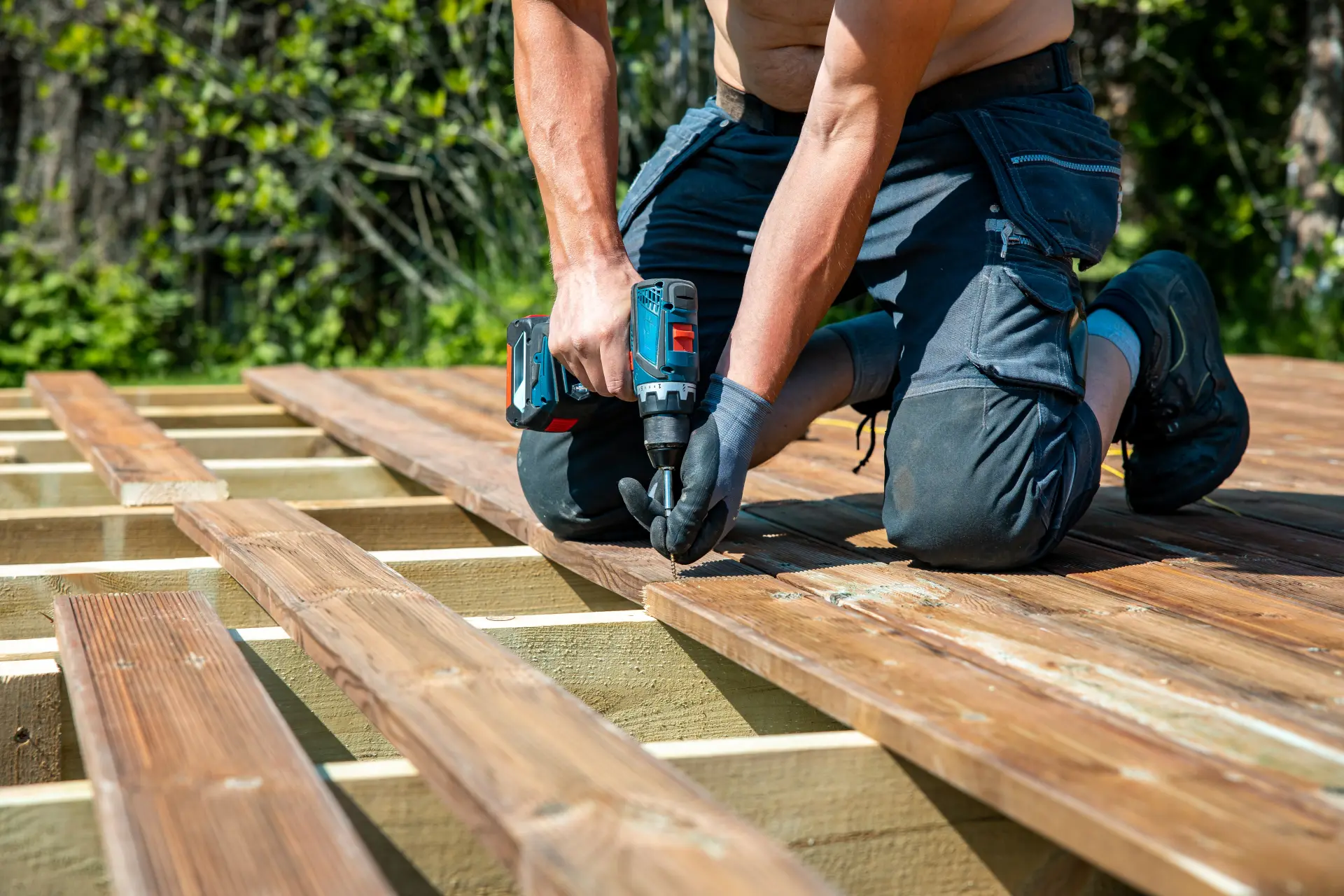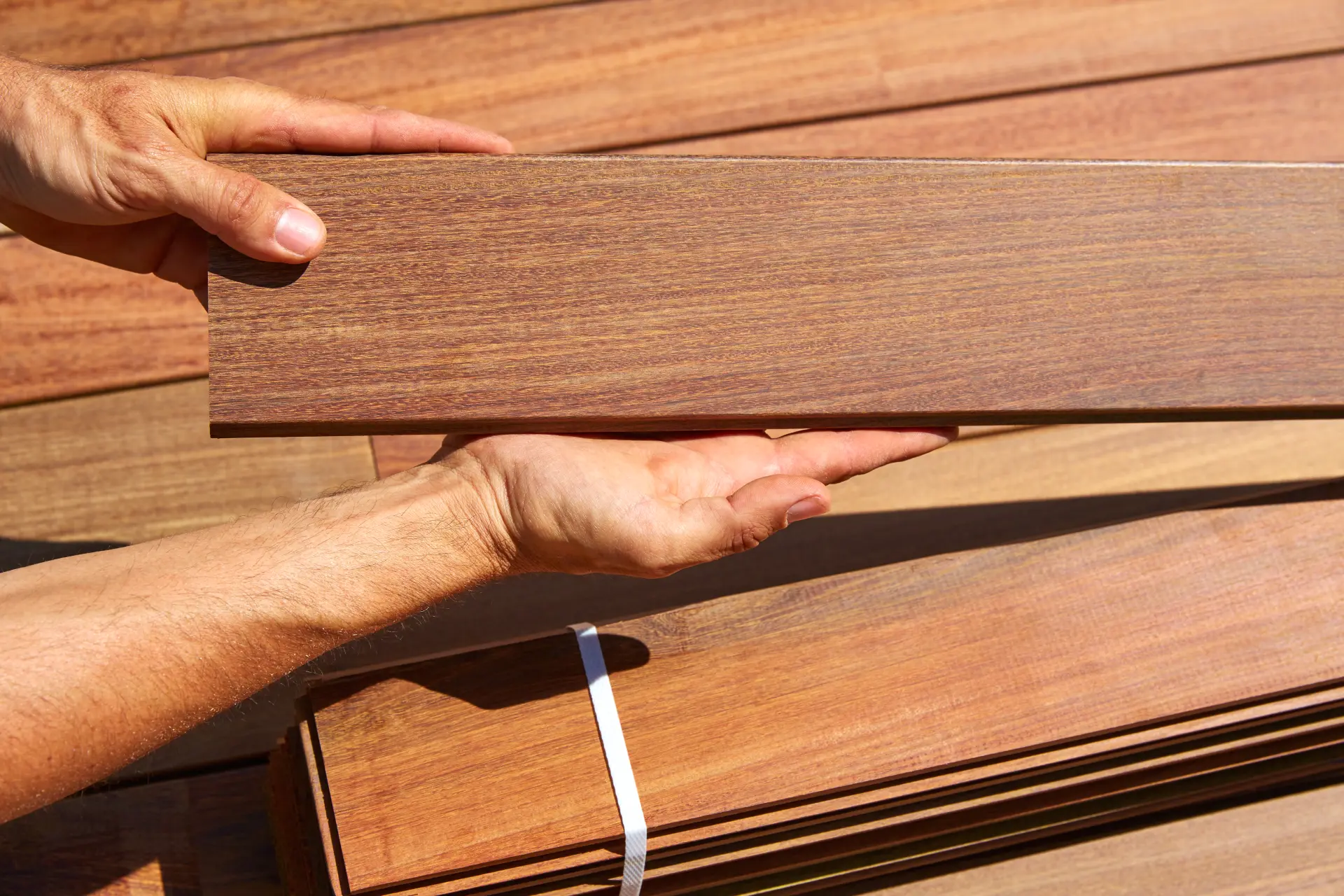Timber is A Strong and Reliable Material
Timber has been used in construction for centuries, and it's still one of the most popular choices for framing and flooring among builders. One of timber’s key strengths is its strength-to-weight ratio. While timber is lightweight compared to concrete or steel, it can still bear the weight of heavy loads without breaking, making it ideal for structural framing.
Timber also has a natural cellular structure that allows it to support both vertical and horizontal weights efficiently. Engineered timber products, like laminated veneer lumber (LVL) and cross-laminated timber (CLT), also enhance these capabilities.
Timber can also be cut, shaped, and installed with standard tools, making the construction process faster and more cost-effective. This reduces both your labour costs and build time overall.
Easy to Work With on Site
Timber is one of the most widely used materials in construction, especially for frames and floors, since it's easy to work with. Unlike materials like steel or concrete, timber is light and easy to handle, making it extremely practical for builders and tradespeople.
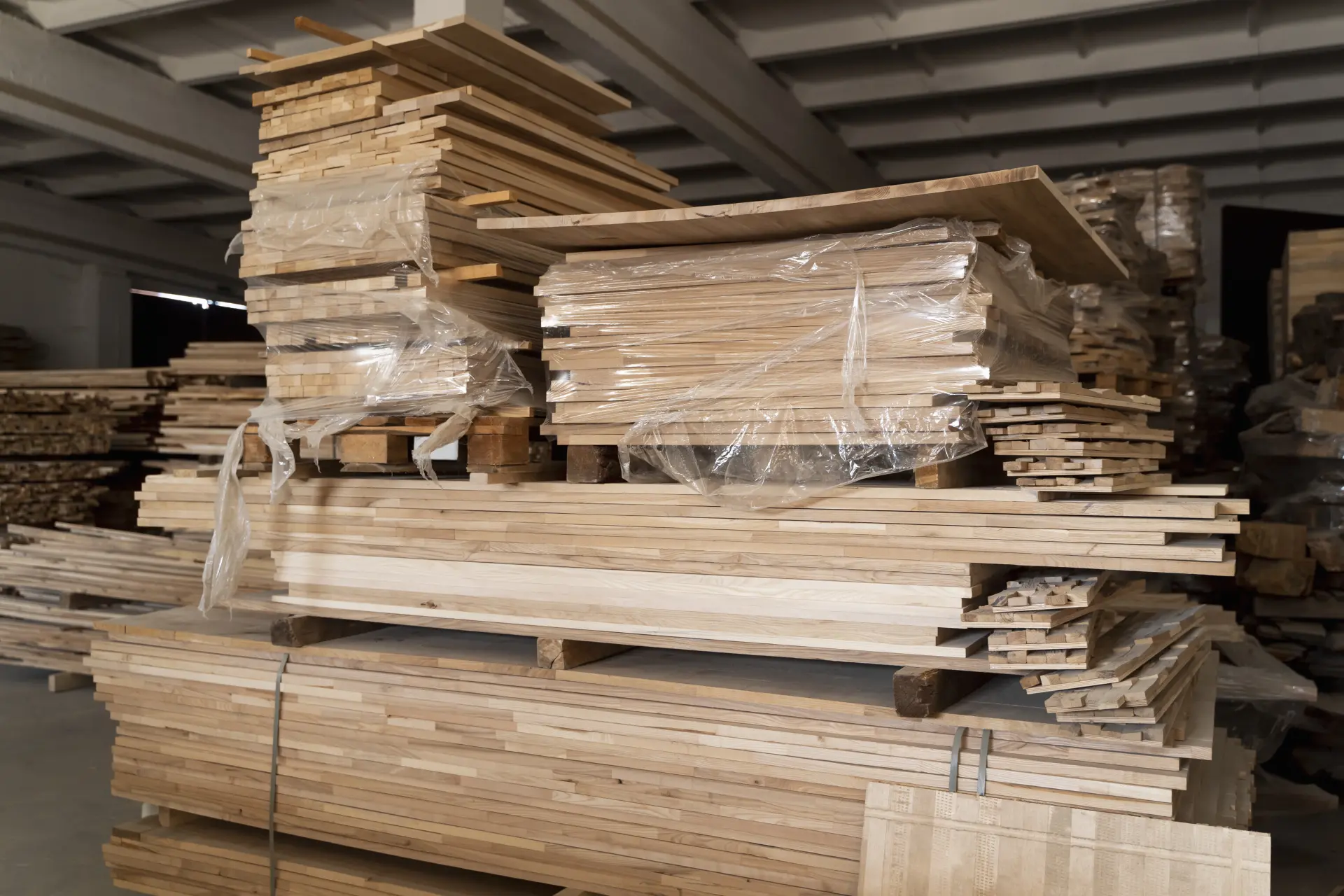
One of the best qualities of timber is how easily it can be cut, shaped, and joined using standard tools. This flexibility allows builders to make quick adjustments on-site, which can reduce delays and increase the project's productivity. Whether it's making last-minute design changes, fixing alignment issues, or creating custom fittings, timber gives builders the freedom to respond to challenges efficiently.
Timber is also easier to transport and store on-site, and it doesn't need cranes or heavy machinery to move around, making timber perfect for projects with limited access or smaller build zones. Additionally, timber framing can be prefabricated off-site and then assembled quickly once it's delivered, which speeds up the construction process and reduces your labour costs.
Flexible for Different Designs
Timber is a naturally flexible material that's used by most builders and designers for framing and flooring. Its ability to accommodate a wide range of architectural styles makes it one of the most adaptable and design-friendly materials that's used in construction.
Timber can be cut, shaped, and assembled in countless ways, giving builders and architects the freedom to create both simple and complex structures with ease. This design flexibility is especially valuable in custom builds, renovations, or projects with unique spatial constraints.
Engineered timber products like glue-laminated timber and cross-laminated timber (CLT) are ideal for open-plan layouts and large, uninterrupted spaces. This is particularly useful in flooring, where strong, flat surfaces are essential, and in framing, where structural elements need to be both strong and design-friendly.
Good for the Environment
Timber is an extremely eco-friendly building material that's available on the market, making it an excellent option for builders and developers who are focused on sustainability. One major advantage of timber is its renewability. When timber is harvested from responsibly managed forests, it can be replanted and regrown.
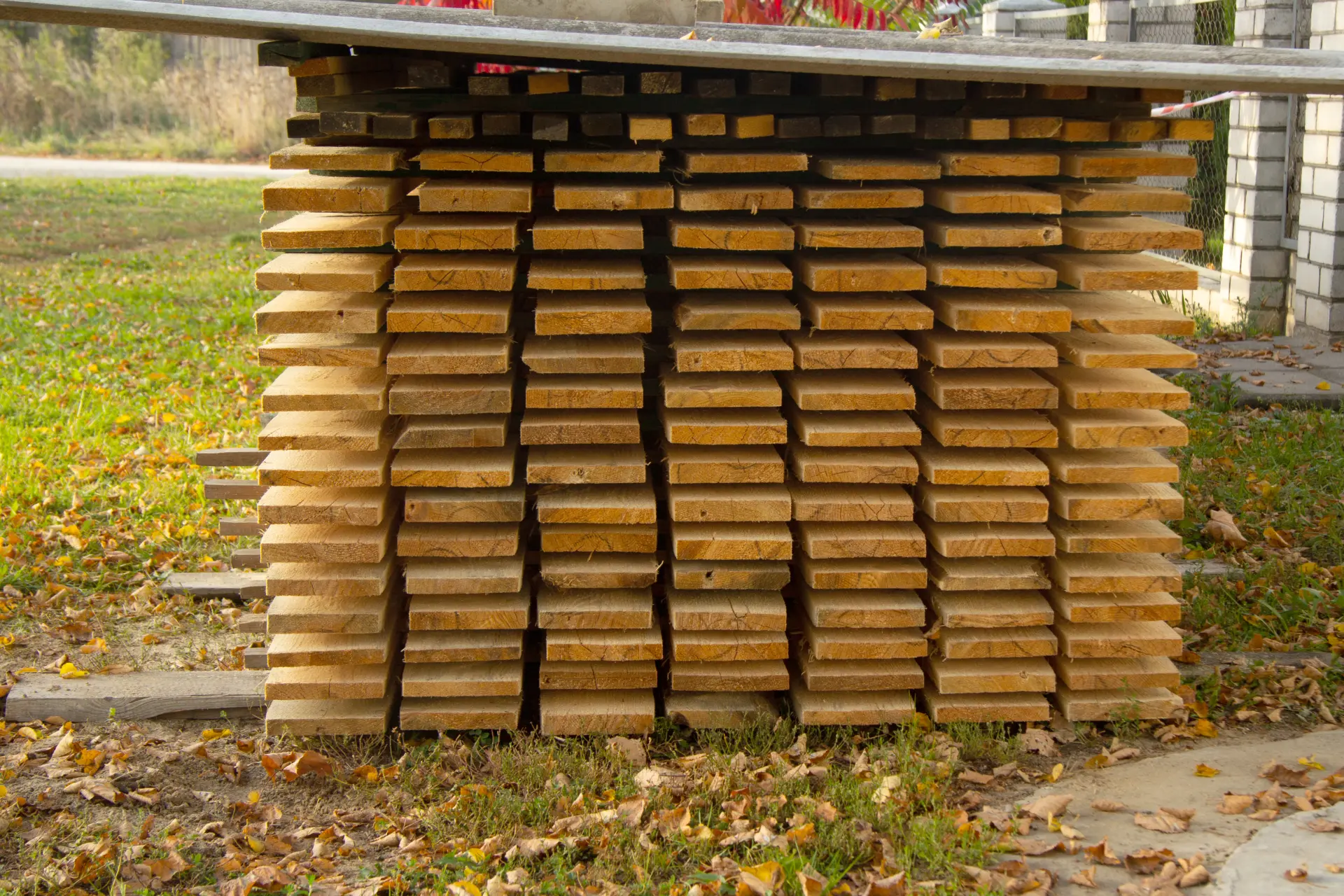
Additionally, trees naturally absorb carbon dioxide from the atmosphere as they grow, and when they're turned into timber products, that carbon stays stored within the wood. This helps to limit greenhouse gas emissions and contributes to lower overall carbon footprints for buildings made with wood.
Timber isn't just environmentally friendly, it’s also strong, lightweight, and durable, which makes it easy to handle, transport, and install on-site.
In conclusion, timber stands out as an environmentally friendly material that aligns with modern sustainability goals. Its renewability, carbon-storing capacity, low energy processing, and recyclability make it one of the best materials to work with.
We provide high-quality timber products and services for all types of construction and DIY projects. We offer sustainable, durable, and versatile materials that are tailored to your project's needs.
